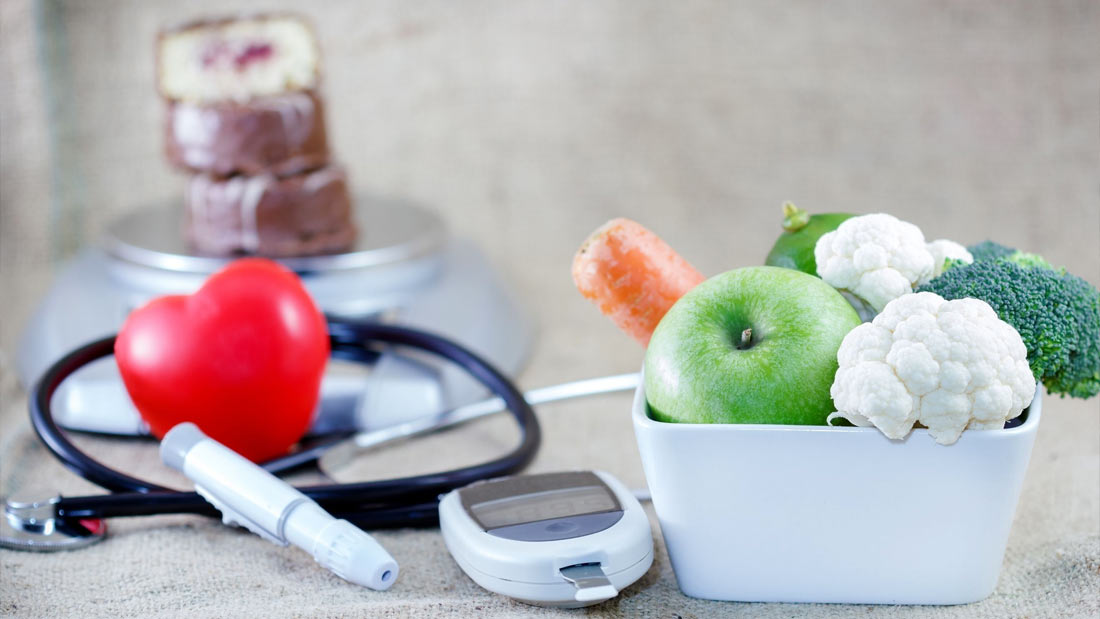What are the Steps of CPR?
CPR, or cardiopulmonary resuscitation, is an important medical procedure that can dramatically improve the survival rate of cardiac arrest victims. Additionally, CPR can be used on victims of smoke inhalation, near-drowning events, electrocution, or choking. As such a versatile and relatively straightforward procedure, it’s no wonder so many people are earning their CPR certification. By learning how to safely and effectively perform CPR, you can gain the knowledge and confidence to save a life.
But what exactly does CPR involve? Most of us are familiar with the chest compressions and rescue breaths, but there are actually more steps involved to ensure you perform this procedure as effectively as possible. Here, we take a closer look at this important life-saving procedure and walk through the primary steps involved in performing CPR. We also discuss how you can now earn your CPR certification or CPR recertification through 100 percent online courses. Learning CPR has truly never been more accessible.
WHY IS CPR IMPORTANT?
Cardiopulmonary resuscitation is a medical procedure that combines chest compressions and rescue breaths to stabilize a victim of sudden cardiac arrest (SCA). While designed as a temporary measure that should be performed until medical personnel arrives, CPR is incredibly important and can drastically improve the victim’s survival rate. CPR is so important because hundreds of thousands of cardiac arrest episodes occur outside of a hospital and far from professional medical help.

When a bystander performs CPR, this keeps the blood and oxygen circulating throughout the body. If the brain and other organs go even just a few minutes without oxygen, serious and irreparable damage can be inflicted. According to data, over 475,000 American lives are lost to cardiac arrest every year with millions more across the globe. If more bystanders were trained and certified in CPR, this number could be reduced and lives could be saved.
WHAT ARE THE STEPS OF CPR?
In addition to chest compressions and rescue breaths, there are some additional steps of CPR that ensure you perform this procedure safely and effectively. Here’s a brief review of the important steps involved in performing CPR:
1. Call 911.
Before beginning CPR, you should always immediately call 911 for professional medical assistance. While CPR can save someone’s life, it’s intended as a temporary measure to keep blood and oxygen circulating throughout the body. Since CPR isn’t intended to completely treat a cardiac arrest victim, you’ll want to be sure that paramedics are on the way to the scene.
2. Assess the emergency.
After you’ve called 911, assess the emergency to ensure that you don’t put yourself or others in danger. Once you’ve determined it’s safe, you can quickly assess the victim to determine whether or not CPR is needed. If the victim is unconscious, unresponsive, or unable to breathe normally, begin the steps of CPR immediately.
3. Open the airway.
First, you’ll need to position the victim so you can effectively perform CPR. Make sure the victim is flat on their back, but be careful about turning them over if you think there is a head or neck injury. With the victim on their back,
4. Check for breathing.
After opening the airway, you need to check the victim’s breathing. Place your ear just over their mouth and listen for about ten seconds. If you cannot detect a breath (or they’re only occasionally gasping for air), begin CPR. If the victim is unresponsive but breathing regularly, you do not need to perform CPR. However, you should check their breathing regularly until paramedics arrive.
5. Chest compressions.
To begin chest compressions, place one hand over the other and interlock your fingers. Place your hands on the center of their chest, just below the breastbone, and straighten your arms. Press firmly at least two inches deep at a compression rate of 100 times per minute. Allow the chest to rise between compressions.
6. Rescue breaths.
Following chest compressions, you should provide two rescue breaths to the victim. Ensure the airway is still open by tilting the head back and slightly lifting their chin. Then, pinch their nose shut and place your mouth completely over the victim’s mouth. Watch their chest to make sure it’s rising following a rescue breath. If not, you may need to reposition the airway.
7. Repeat the cycle.
Continue the cycle of chest compressions and rescue breaths until medical personnel arrives on the scene. If someone else is also trained in CPR, you can take turns to ensure you don’t become exhausted.
HOW TO BECOME CPR CERTIFIED ONLINE
In our day and age, there’s no limit to what you can do and learn online. Now, this even includes learning CPR. Through online CPR certification courses, you can become fully trained and officially certified in CPR and other life-saving procedures. Even better, you can do this all without ever leaving the comfort of your home. What more could you ask for?
Compared to the traditional, in-person model of learning CPR, there are many benefits to earning your CPR certification or recertification online. With online classes, you can earn your certification faster and often at a more affordable rate. These classes are also designed with you, the student, in mind, which means you can learn at your own pace by starting or stopping a lesson at any time. This means that online CPR classes are ideal for those already working full time or anyone with an already hectic schedule.
CONCLUSION – WHAT ARE THE STEPS OF CPR?
Cardiac arrest continues to be one of the leading causes of death in the United States. By learning CPR and earning your CPR certification, you can help combat this public health crisis by arming yourself with the skills, knowledge, and confidence to make a difference in the event of a medical emergency.
Enrolling in CPR classes online is one of the most effective (and affordable) ways to learn this important life-saving skill. Online CPR classes make learning CPR more accessible by bringing the classroom and lessons to you. Without having to worry about scheduling classes and showing up to a rec center, an online CPR course works for anyone’s schedule. There’s simply never been a better (and more important) time to become CPR certified.



